I want to divide gravel bikes into categories based on what they're built for, and I want to do it now.
The exploding popularity of gravel has brought more people than ever to the world of drop-bar bikes, from dyed-in-the-wool roadies to full-send mountain bikers, via new riders dipping their toe into riding for the first time.
Gravel riding has opened up new horizons for just about everyone – including bike brands keen to jump on the bandwagon, and that means we’re experiencing something of a bout of growing pains when it comes to the huge range of gravel bikes out there.
While mountain bikes have diversified into an ever-confusing amount of sub-genres, as the sport has evolved into wide variety of disciplines and sub-discipines, gravel bikes are often lumped together as one category: gravel.
It’s time for the great gravel divide to take place, to establish useful – and that’s the key here – sub-categories for riders trying to navigate the huge number of options out there.
It’s something I’ve been vocal about in the past on the BikeRadar Podcast and over on our YouYube channel when I pitted two very different gravel bikes – the Surly Grappler and Scott Addict Gravel head-to-head.
Now it’s time to commit words to the page, though, with my take on the future direction of gravel categorisation.
But first, some gravel tech history
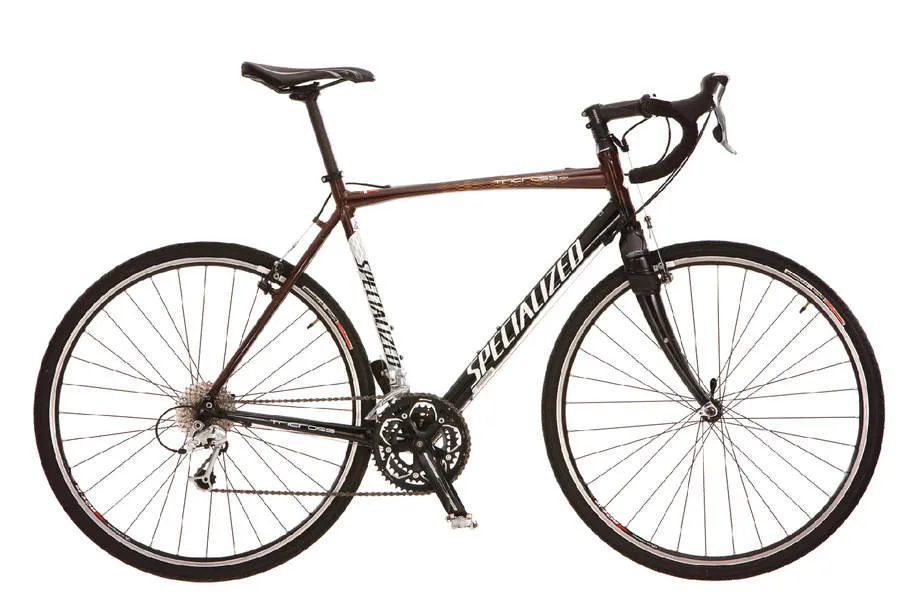
Back in the earliest proto-days of drop-bar, off-road riding – and we could argue for days on the true origins of ‘gravel’ – the most frequent dismissal was that gravel bikes were either a) just cyclocross bikes with rack fittings or b) just ‘90s mountain bikes with drop handlebars.
In truth, ever since the earliest gravel-ready bikes, such as the Specialized Tricross (a cyclocross bike for the road or trail) or Salsa’s Fargo, both from 2009, that same argument has been rolling on.

Even when gravel became more established – originally under the influence of small-builders and custom thinkers – stand-out, landmark bikes from big brands, such as GT’s original Grade in 2014, made things even more confusing.
You see, GT had made a cutting-edge (for the time) gravel bike, but didn’t want to call it that.
The brand saw it as more of an all-roader or wide-tyred endurance bike; capable everywhere, on any surface. It took some time for bike brands to commit to the idea of gravel, when endurance bikes were previously all the rage.
Now gravel is fully established as a category, we can be almost sure that’s where the new Grade – due some time in 2023 – will pin its colours to the mast. But where on the gravel spectrum will it sit?
A decade (or near enough) is a long time in bike tech and, in the years between 2014 and 2023, we’ve seen the gravel category become fully established and, conversely, balloon to the point that two bikes can be classed as ‘gravel’ and offer very different qualities.
It’s time to reclassify gravel bikes
From the original endurance-inspired designs with the ability to carry luggage and fit cyclocross-sized tyres, to today’s spread of gravel bikes, ready to meet just about anyone's particular peccadillo, we’ve come a long way.
However, while I love that there is so much diverse design in gravel right now, I also fear for new riders who want to try out what should be the most accessible form of drop-bar riding.
If you were coming fresh to gravel bikes and walked into a store with an array of gravel bikes, you could just as easily come out with the wrong bike as the right one.
It’d be akin to asking for a road bike and being given the option of a Trek Madone aero bike or a Genesis Tour de Fer tourer.
Or asking for a mountain bike and being given the option of a Cannondale Scalpel HT cross-country whippet or Giant’s new Glory downhill rig.
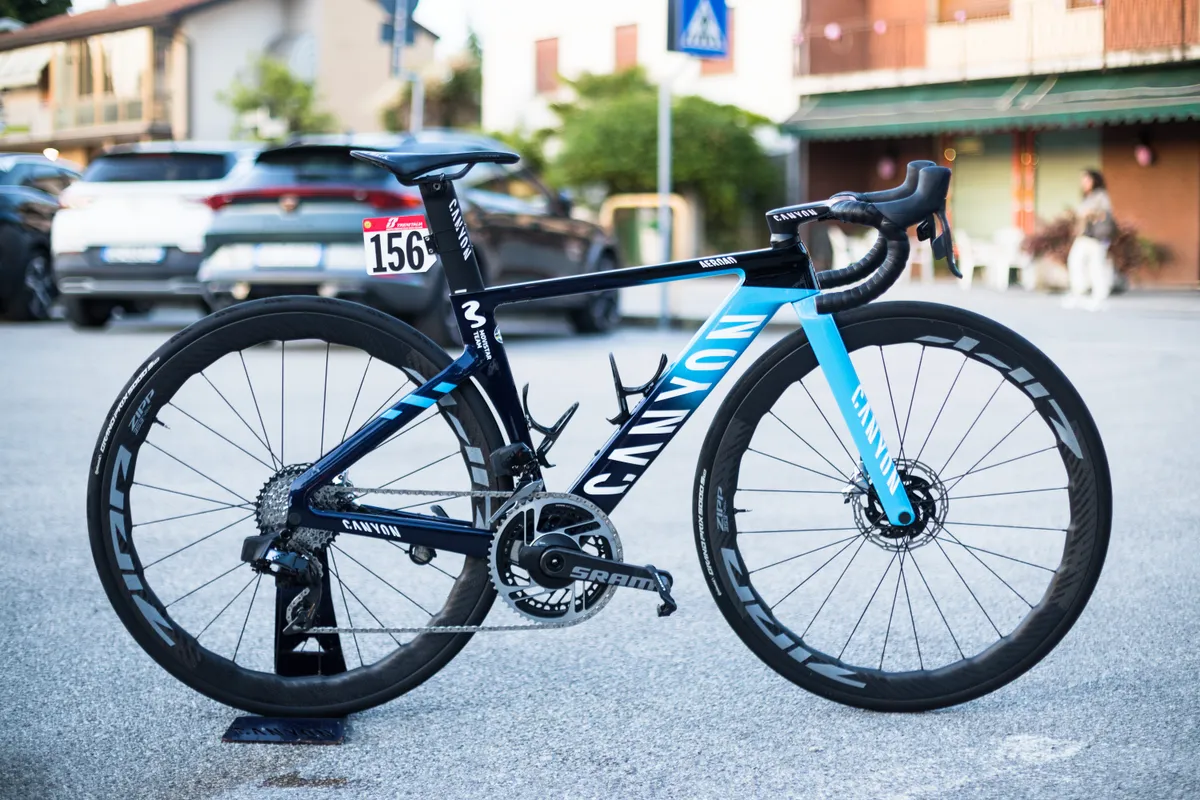
On the road, we have all-round race bikes, aero bikes, endurance bikes, touring bikes, TT bikes and, perhaps, specialist climbing bikes, at a push (that category has largely been swallowed up by racy all-rounders).
Mountain bikes, meanwhile, take things further, with downhill, enduro, cross-country, downcountry, trail, trials, slopestyle and possibly more.
What we need for gravel

While I don’t want to go down the exponential sub-genre separation that mountain bikers seem to enjoy, I do think we need four categories of gravel bike.
I’ve purposefully compounded some of the more diverse bikes into broader categories to stop things from getting out of hand.
Inevitably, there will be some crossover, too – particularly when brands offer a bike in builds specific to a type of riding. There’s no perfect separation here, but by re-categorising gravel, we’ll get a better idea of where each machine shines.
Let’s get down to business then. Here’s my manifesto for a new four-way split of gravel bike categories – and what to expect from bikes in each.
Gravel race bikes
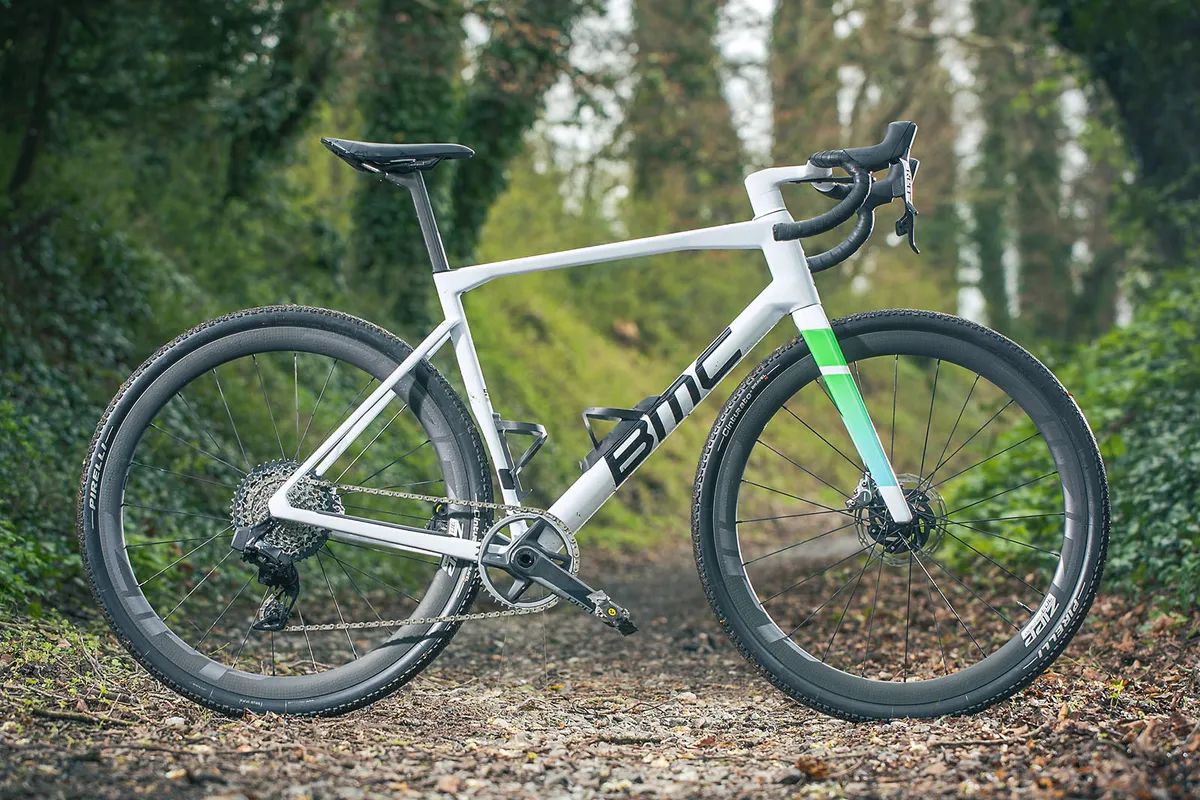
Gravel race bikes are optimised for speed over rough terrain.
A gravel race bike can just as easily be focused on low weight (we’re looking at you, Specialized Crux) or, more likely, aerodynamics, with road-like riding positions and limited fixtures and fittings, compared to more adventure-targeted machines.
A lot of gravel race bikes will stick close to fast road bike geometry. They won’t deviate far from the traditional parallel 73-degree head and seat tube angles, and will have stack and reach numbers that pro riders won’t turn their noses up at.
Expect a slightly extended wheelbase to take into account larger tyre sizes, but that’s pretty much the only difference you’ll see glancing at a geometry table.
Builds will err towards close-ratio gearing; expect 2x Shimano GRX Di2, SRAM XPLR and Campagnolo Ekar with one of its tighter 13-speed cassette options. You'll get 40mm tyres as a maximum – perhaps with additional clearance for 45mm – and handlebars that keep things narrow, ignoring the wide and flared trend for gravel handlebars, for a more aero-minded roadie position.
These bikes are all about speed for the fittest (and foolhardy).
Gravel race bikes reviewed by BikeRadar
- Specialized Crux
- Specialized Diverge STR
- Cannondale Topstone Carbon
- BMC Kaius
- Factor Ostro Gravel
- Scott Addict Gravel
- Giant Revolt Advanced Pro 0
- 3T Exploro RaceMax
- Orbea Terra
- Trek Checkpoint SL
- Ridley Kanzo Fast
- Pinarello Grevil F
All-road gravel
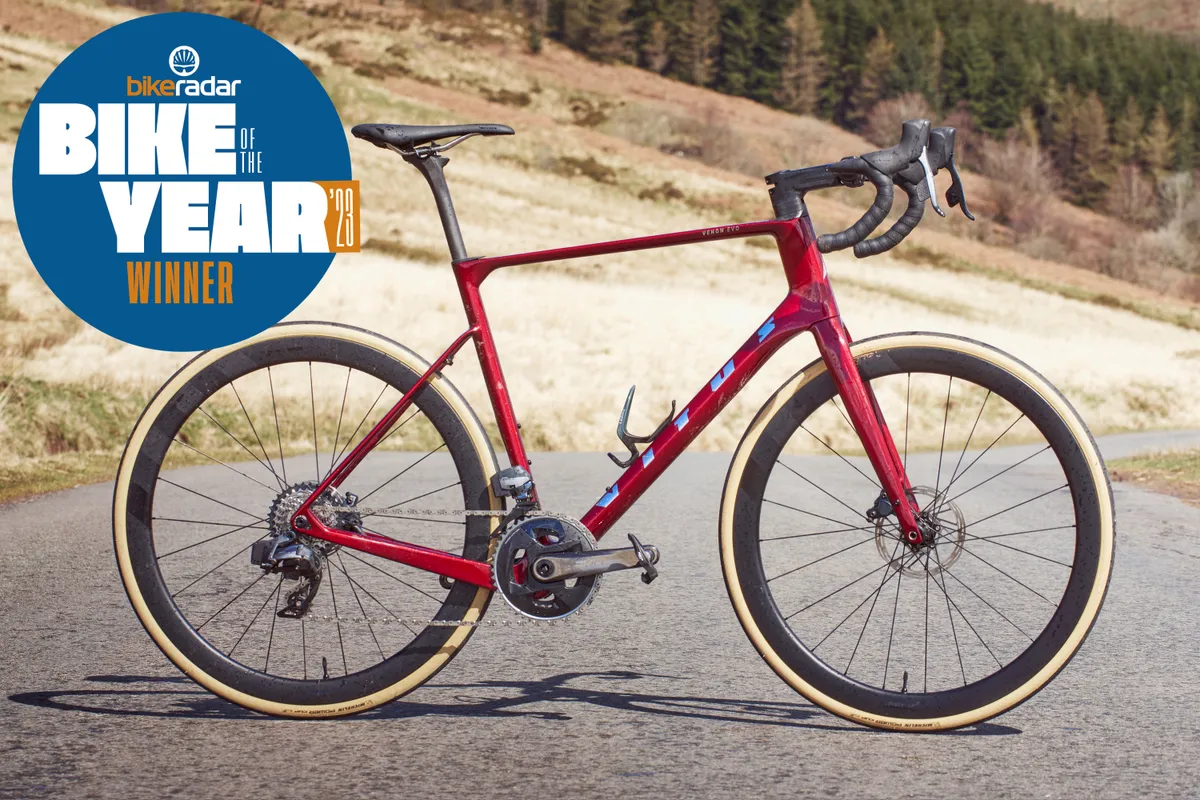
Is it a gravel bike or a modern take on the classic endurance bike? These bikes can muddy the waters to such an extent that they can, in theory, exist in both camps simultaneously.
You can expect to see a spec that’s similar to a gravel race bike, often with closer gear ratios and 2x drivetrains – in fact, some builds may use road components, instead of gravel-specific groupsets.
Here, the geometry is basically that of a modern endurance road bike, with a relatively long reach (for gravel) combined with a slightly taller stack, and fork trail that’s longer than a gravel race bike but still allows for fast on-road steering.
Versatility is the name of the game, although you might give up some off-road prowess on more technical terrain.
The Vitus Venon Evo, our Bike of the Year for 2023, is a good example here, with 45mm tyre clearance and a geometry that enables riders to switch between road and gravel. It’s even offered in road and gravel builds.
All-road gravel bikes reviewed by BikeRadar
Adventure gravel
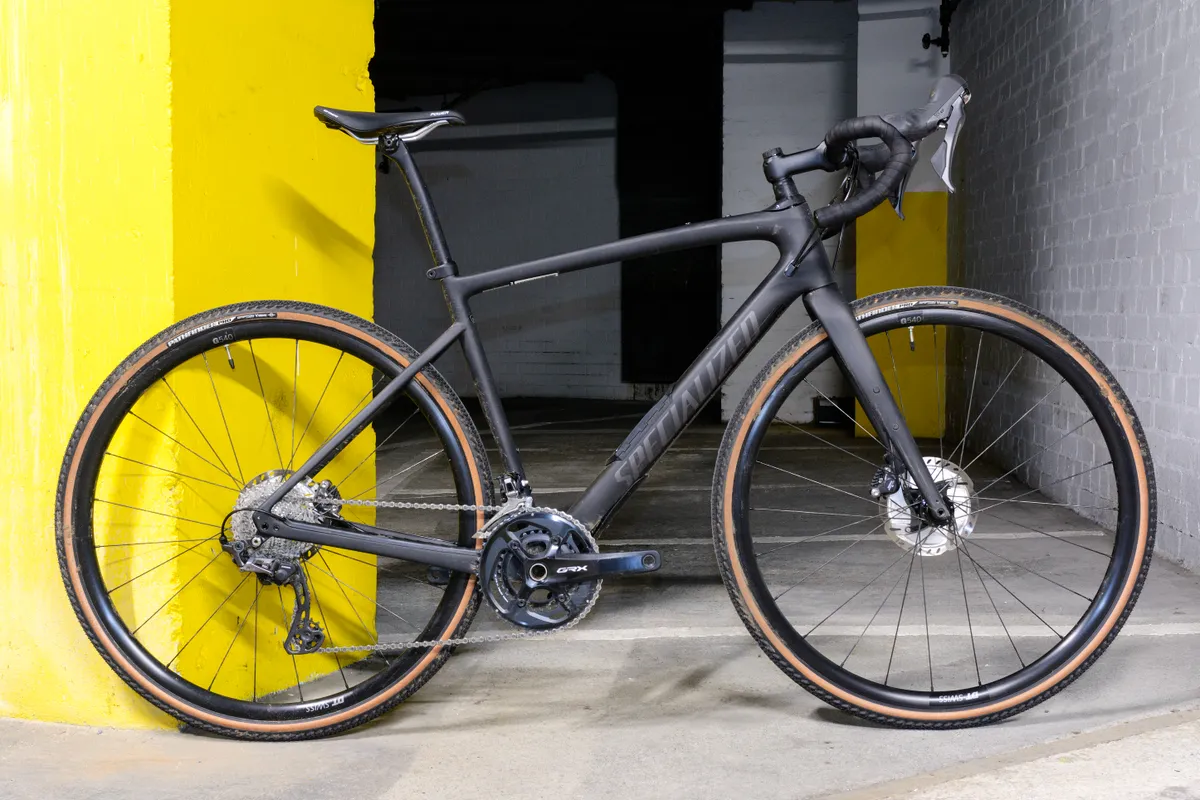
This, in reality, is the busiest category – and where many riders will be looking to spend their money.
Adventure gravel bikes are designed to go both long and deep into the great outdoors.
Expect a wide range of fixtures and fittings (for bike bags and additional water bottle cages, for example), generous tyre clearance (45mm and beyond) and a more relaxed geometry that favours long-range comfort and off-road handling over straight-line speed.
The adventure gravel bike will borrow from both all-road and more extreme gravel in its geometry.
It’ll get a slacker head angle and more fork trail, stabilising the steering and settling down the handling for when you're fully loaded with a week’s worth of luggage.
On that note, an adventure gravel bike is likely to have more mounting options than a racy or all-road gravel bike.
If you want to fit a bag to the top tube, a third water bottle under the down tube, and bags on the fork blades for a bikepacking trip, look out for the relevant mounts.
Adventure gravel bikes reviewed by BikeRadar
- Surly Grappler
- Ridley Kanzo Adventure
- Specialized Diverge
- Focus Atlas Carbon
- Mason Bokeh Ti
- Sonder Camino Ti
- Canyon Grizl
- Liv Devote
Extreme gravel

Mix off-road suspension with geometry that leans towards mountain bikes, rather than endurance road bikes, and you have the most progressive take on gravel.
Sometimes, the build kit can tip an adventure bike into extreme gravel – think of bikes such as the Giant Revolt X, with its suspension fork, mullet gearing and dropper post – but often these machines are built from the ground up to blur the lines between a drop-bar gravel bike and a mountain bike.
Geometry-wise, here we’ll see the biggest disparity between bikes, but the unifying factor is bringing a bit of mountain bike geometry into play. Think long front centre and a slacker head angle, combined with a short stem. It makes these bikes capable on descents and keeps the steering playful when the going gets technical.
On the flip side, they perhaps won’t climb with the prowess of a race, all-road or adventure gravel bike, but you’ll make up the time when the trail tips back downhill.
This category shows some of the most ‘extreme’ designs that drift a long way into mountain bike design territory. I’m talking about Evil’s Chamois Hagar, Nukeproof’s Digger RS and Rondo’s radical Mylc.
Extreme gravel bikes reviewed by BikeRadar
- Cannondale Topstone Lefty
- Giant Revolt X
- Nukeproof Digger RS (look out for a review soon)
- Rondo Mylc (look out for a review soon)
- YT Szepter
- Merida Silex+
Bringing it back to the start

There you have it, my take on a much-needed evolution of gravel categories.
Ultimately, we won’t need to get all draconian on itemising gravel bikes – but, as you can see from the variety of bikes here, the difference in design is as wide as the Great Plains from the Mississippi to the Rockies that helped inspire a fair few of them.
Gravel riding can be all things to all people, but a little help from bike brands and the industry would go a long way to putting riders on the right bikes.


